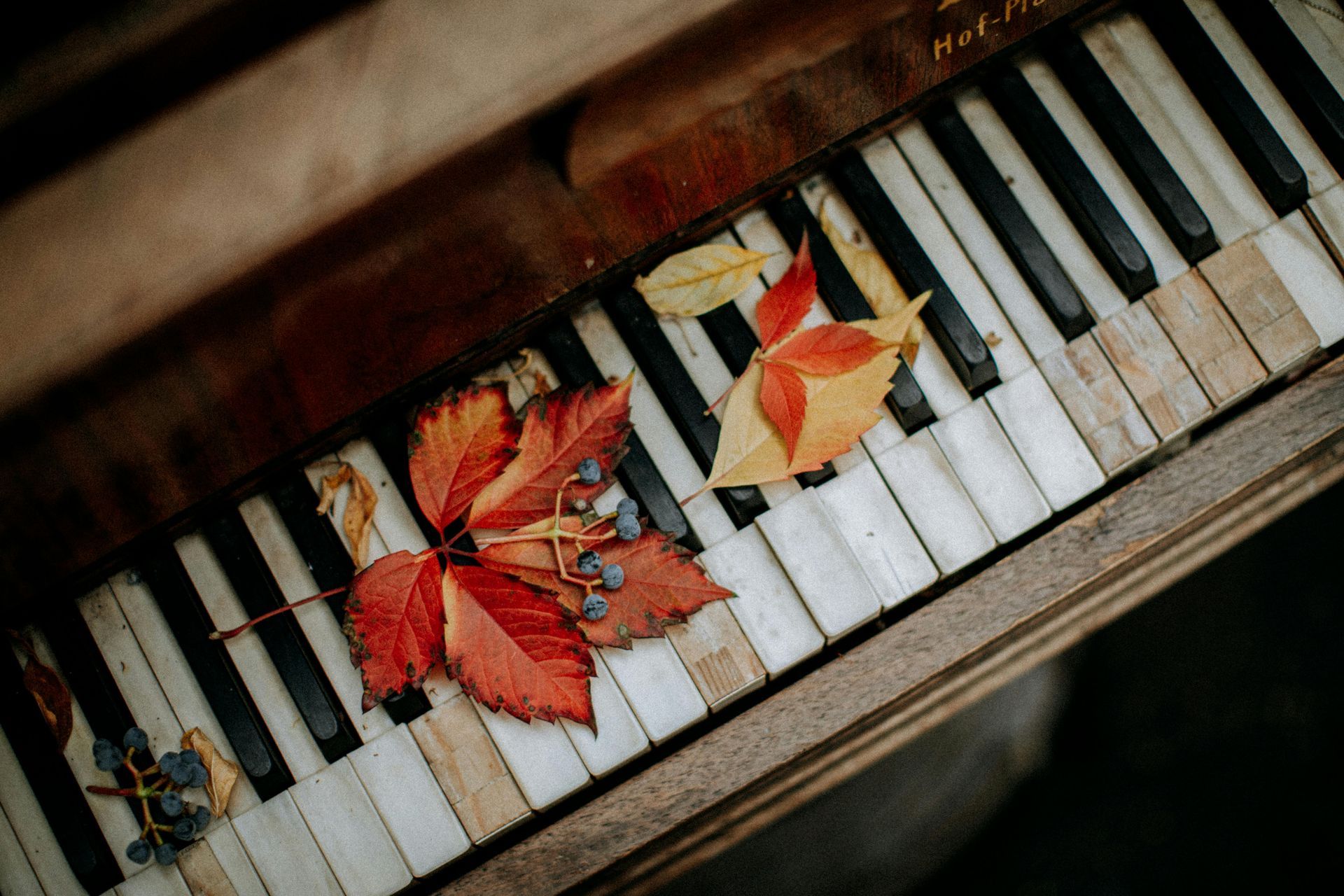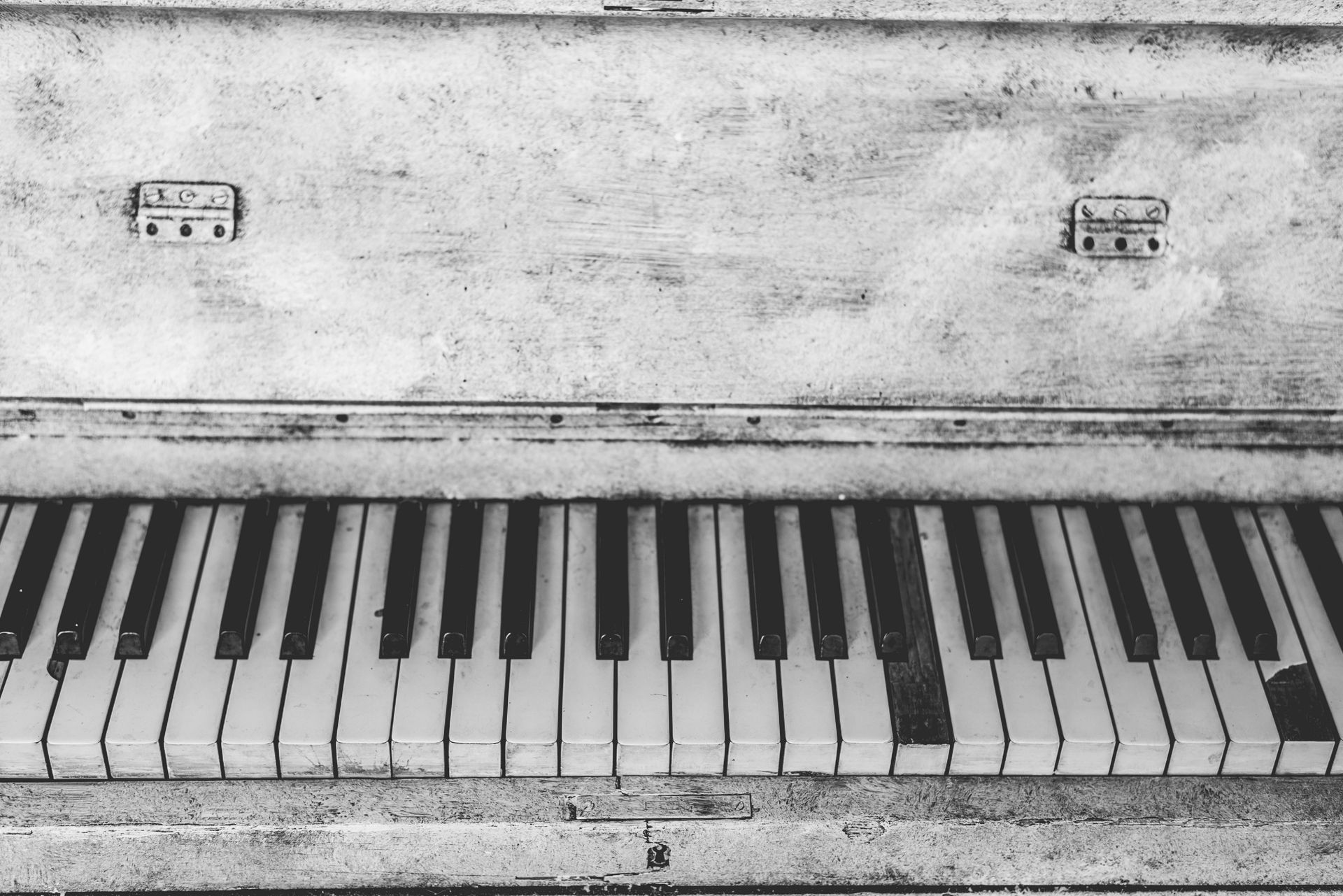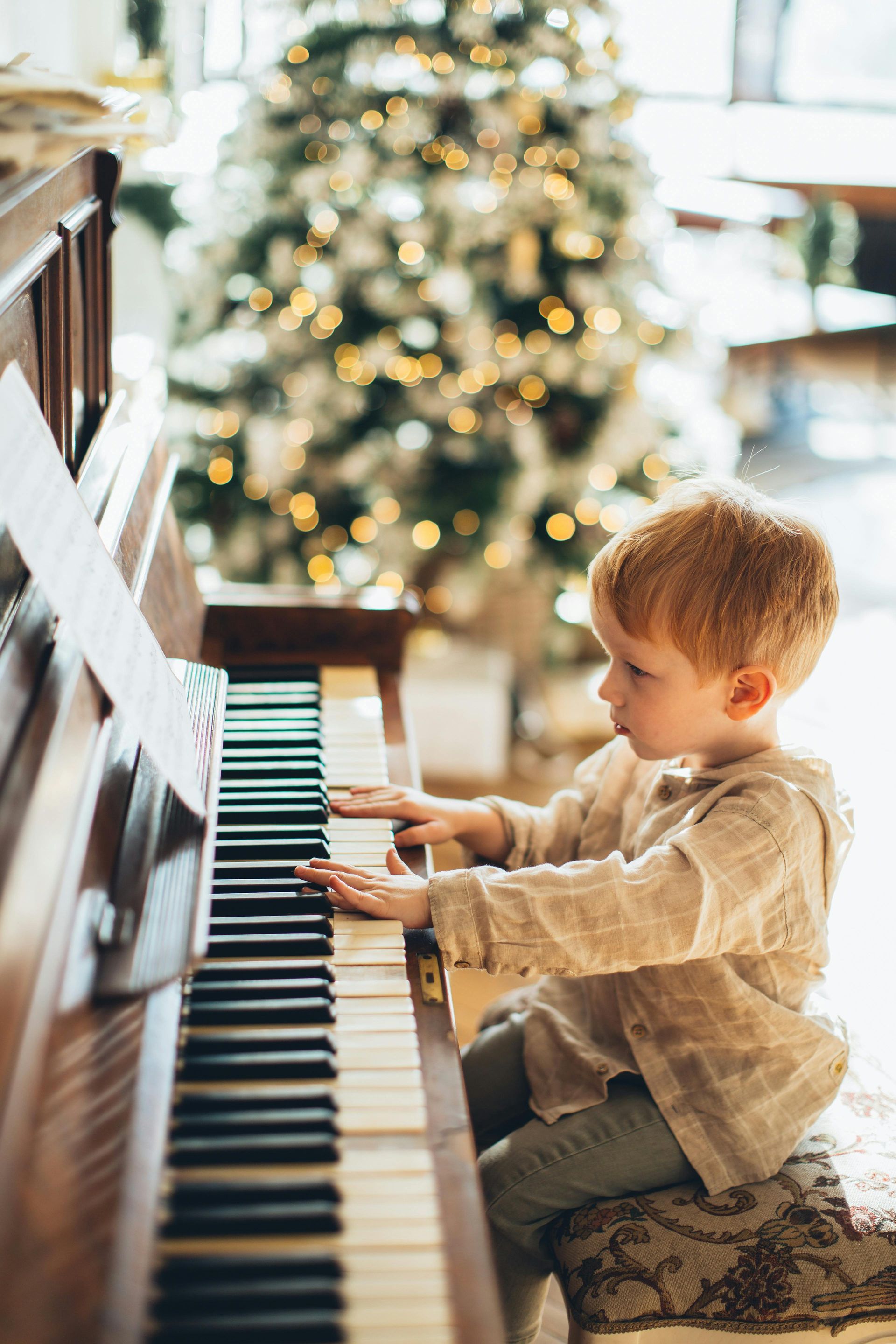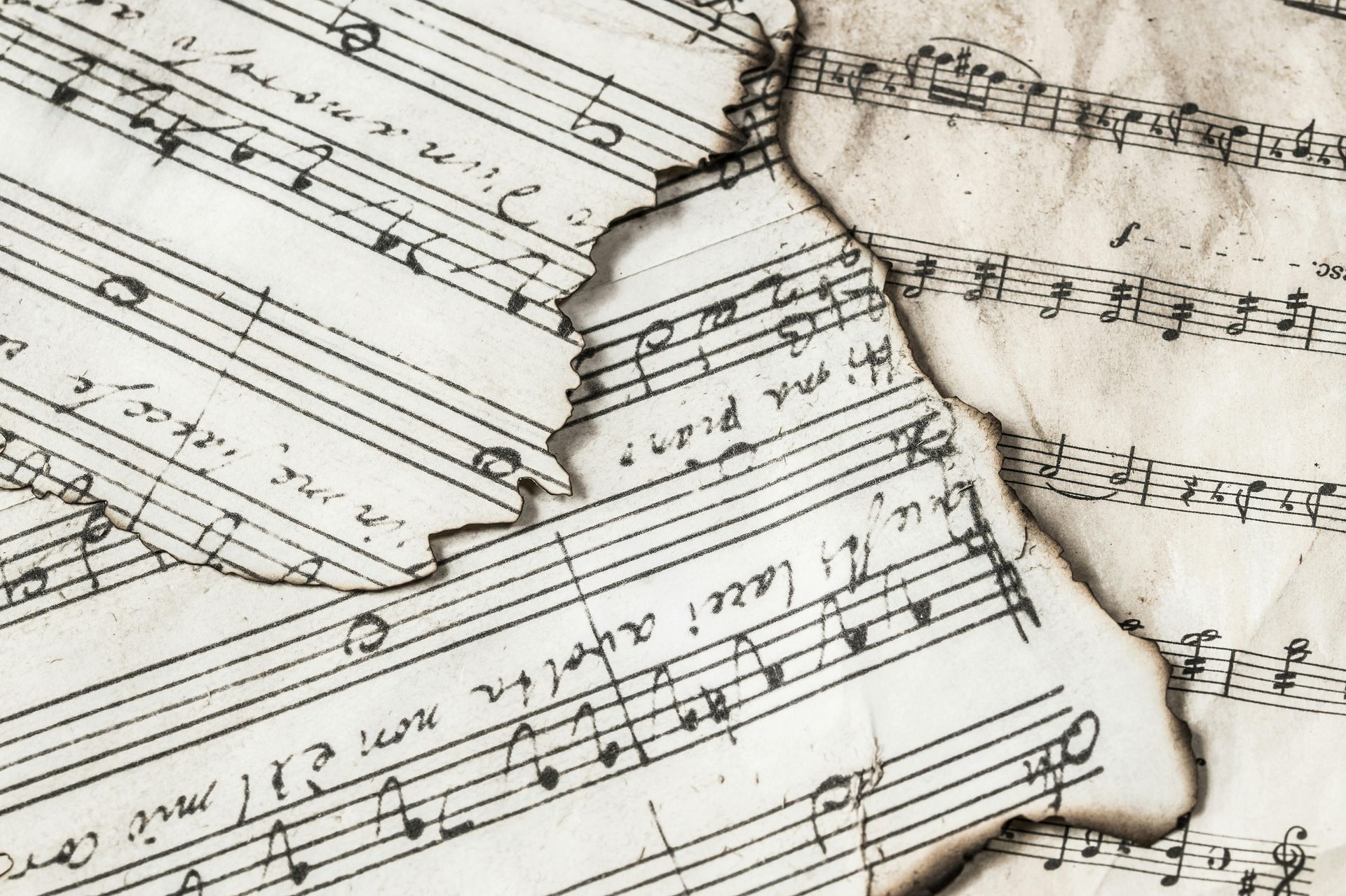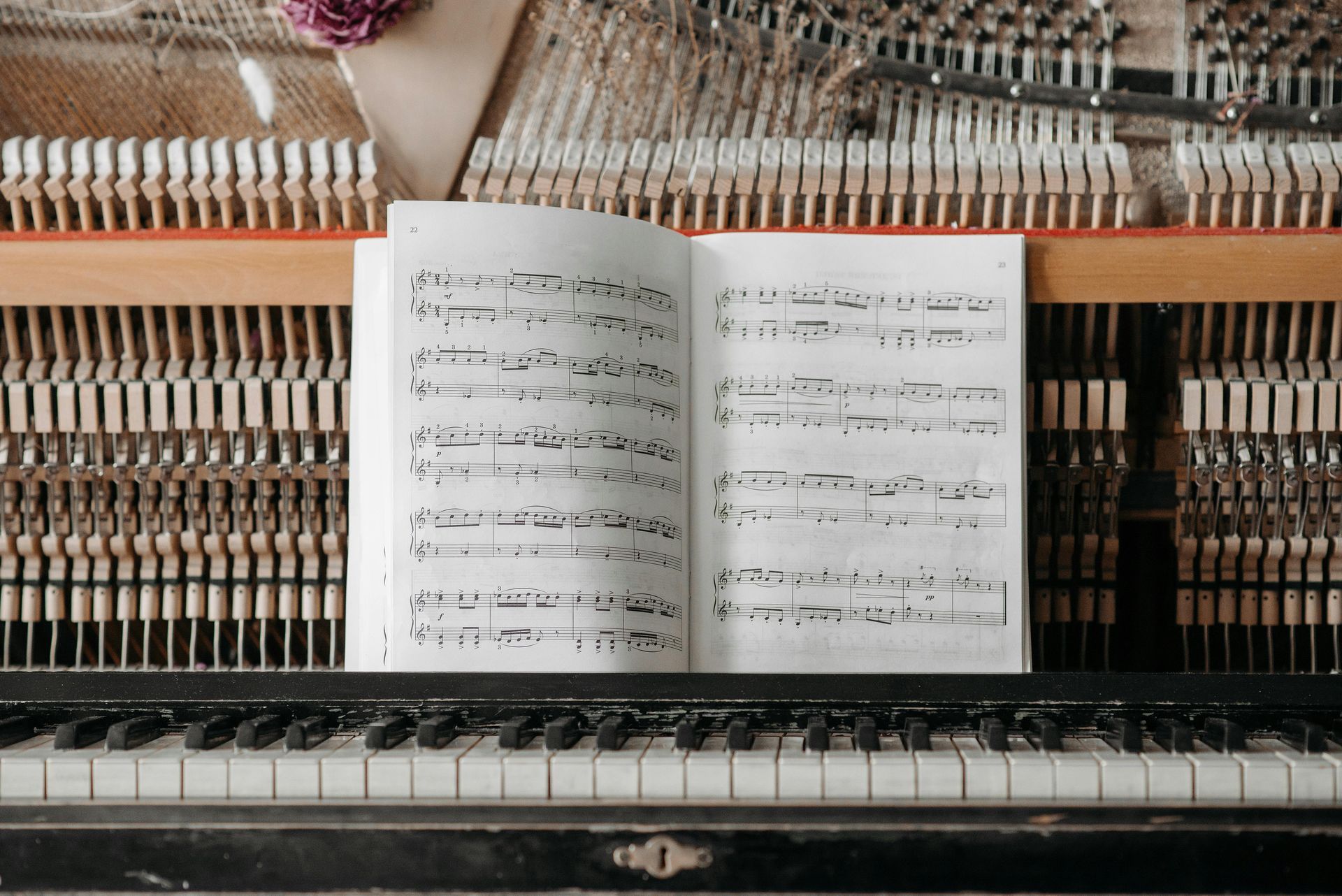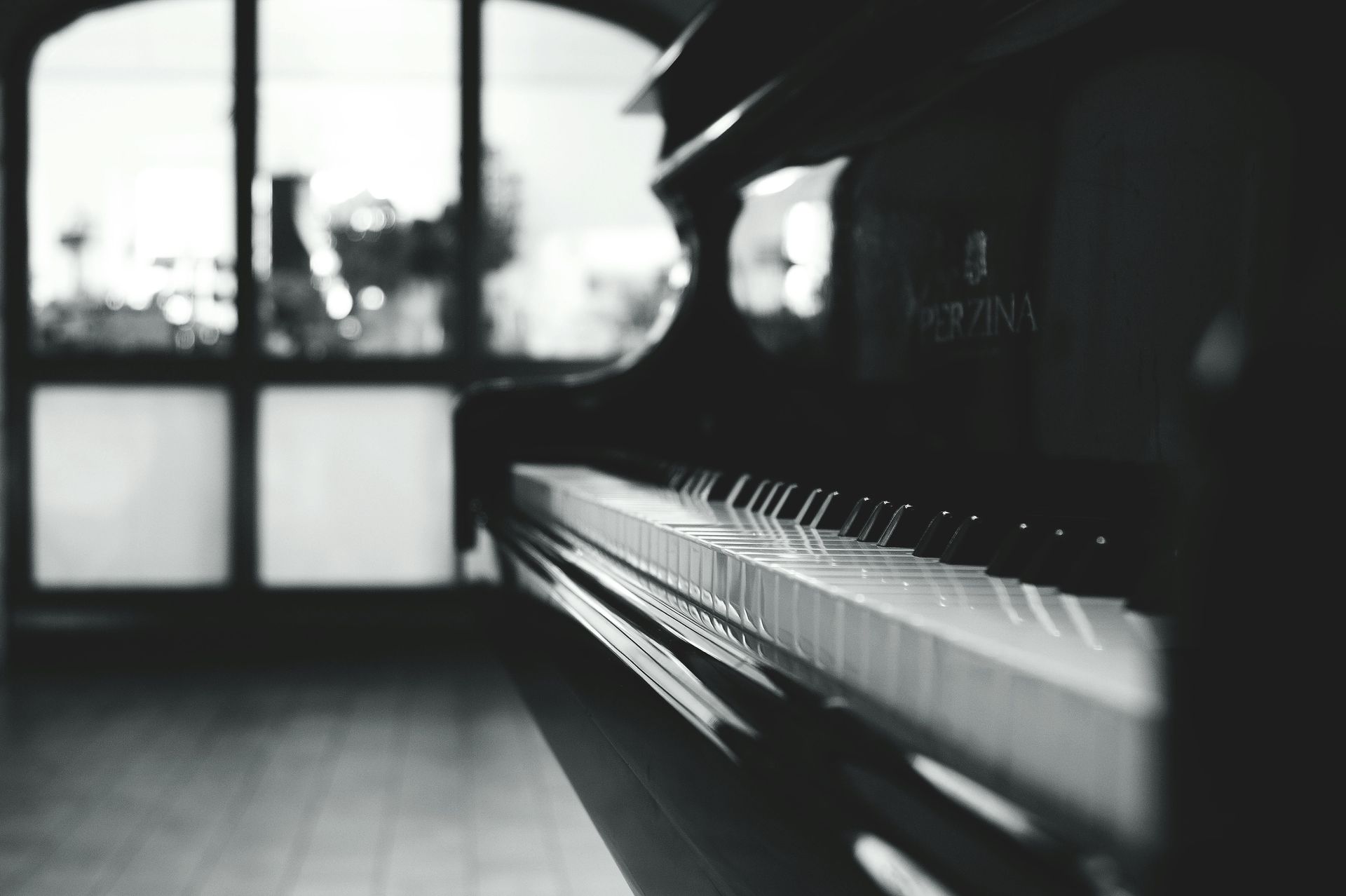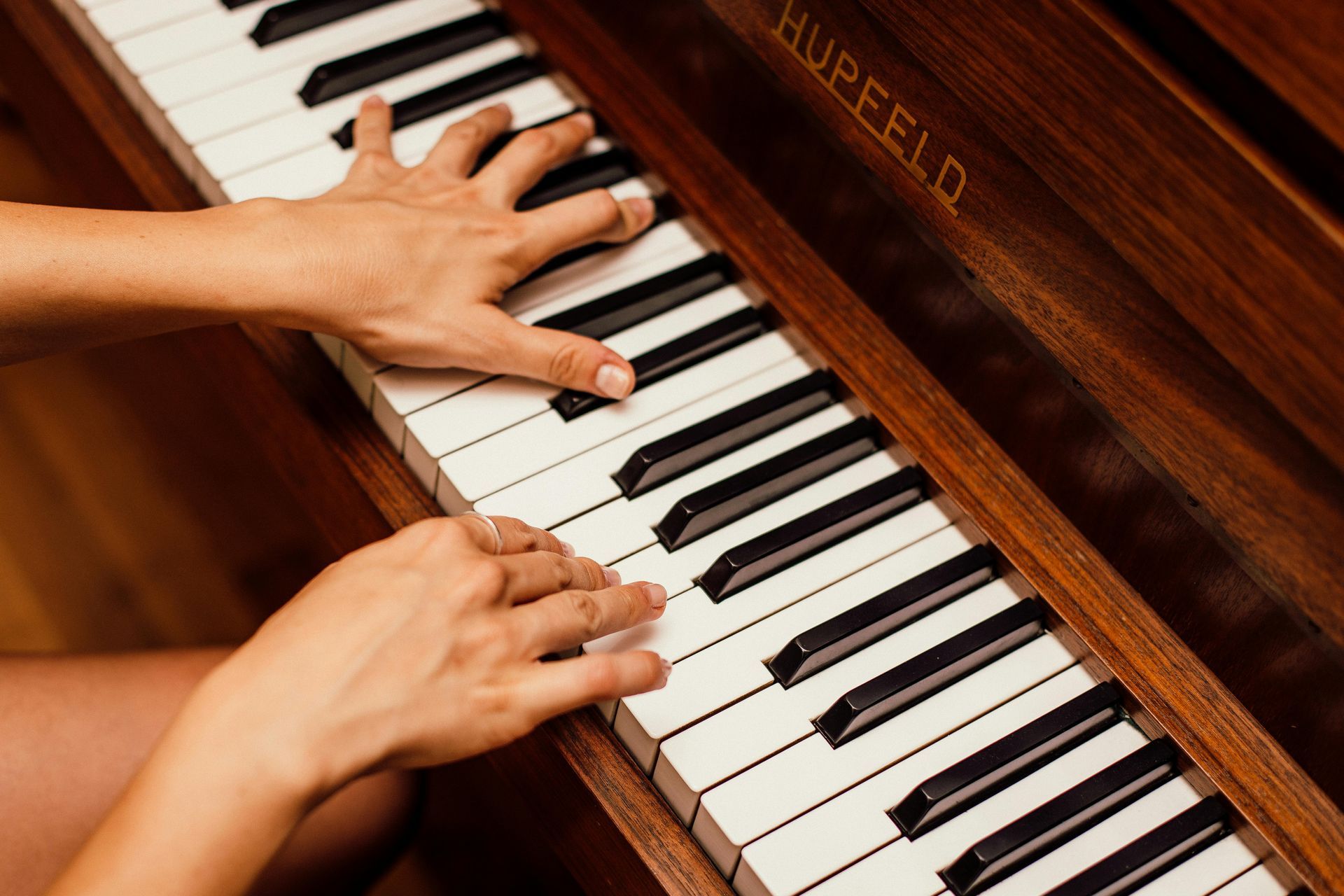How Long Should Piano Lessons Be?
If you’re new to piano or the parent of a budding musician, you’ve probably wondered, “How long should a piano lesson be?” Getting the right lesson length is essential—it impacts how much a student learns and their overall enjoyment of the instrument.
This blog dives into crucial elements of piano learning, including how often lessons should happen, what length of lesson works best for different ages, and how many lessons it takes to achieve different goals. By the end, you’ll have a clear picture of how to structure piano education for success.
How Often Should Piano Lessons Be?
The universal standard for piano lessons is once a week. Meeting weekly creates a consistent routine, giving students time to practice between lessons while also ensuring they don’t forget what they’ve learned.
Why is this rhythm so effective?
- Time for Practice: A week provides students enough time to practice a few times, solidifying their skills before learning new material.
- Developing Good Habits: Regular, spaced-out lessons encourage discipline and good practice habits that are as indispensable as playing skills themselves.
For most beginner and intermediate pianists, one lesson a week strikes the perfect balance between structured instruction and independent learning.
Is One Piano Lesson a Week Enough?
Yes, for most students, one piano lesson per week is enough. However, there are scenarios where adding a second lesson can be beneficial. Here’s when more lessons might be helpful:
- Complementary Topics: Some students may want a second session to learn things like music theory, history, or advanced piano techniques. These complementary subjects enrich overall musical understanding.
- Learning Challenges: Students dealing with learning disabilities, concentration issues, or a lack of discipline may progress faster with twice-weekly lessons to reinforce material and refine their practice habits.
- Intensive Training: Aspiring professionals or those preparing for exams may benefit from more frequent lessons to push their skills to the next level.
While one lesson per week is usually sufficient, customizing the frequency to a student’s specific needs can make all the difference.
How Long Should Music Lessons Be?
There’s no one-size-fits-all answer to lesson length—it depends on the student’s age, skill level, and goals. That said, here are the most common piano lesson durations and who they’re best suited for:
1-Hour Lessons
- Best for: Adults, teenagers, and motivated children.
- Why it works: A full hour allows enough time to cover new material, answer questions, and practice together during the session. It’s the ideal length for serious learners.
45-Minute Lessons
- Best for: Students aged 10 and older or cost-conscious families.
- Why it works: This is a great compromise—long enough to cover material comprehensively but shorter than a full hour, which helps with attention spans and budget considerations.
30-Minute Lessons
- Best for: Kids under 12.
- Why it works: Younger kids often struggle to maintain focus for longer than 30 minutes. This time frame keeps lessons productive without overwhelming them.
20-25-Minute Lessons
- Best for: Preschoolers (ages 3–5).
- Why it works: At this age, the goal is to introduce music in a fun, non-intimidating way. Shorter lessons use playful activities to build familiarity with the instrument.
Ultimately, lesson length is about matching the session to the learner’s developmental stage and concentration abilities.
How Many Lessons Does It Take to Learn Piano?
If you’re trying to gauge how many lessons you or your child will need, the first question is, what’s your goal? The path to learning piano varies depending on the level of proficiency and repertoire you're aiming to achieve.
- Beginner Goals (e.g., playing simple pieces like “Amazing Grace” or “Jingle Bells”): Most students can achieve this in 4 to 12 lessons, or roughly 1 to 3 months of regular practice.
- Intermediate Goals (e.g., fluently reading sheet music, playing moderate-level pieces): This requires consistent effort over 6 months to a year or longer, depending on individual pace.
- Advanced/Professional Goals (e.g., classical or jazz mastery, performing complex pieces): Preparing for this level takes years of dedication. Based on research by psychologist Anders Ericsson, elite musicians typically practice 10,000 hours, which is about 3 hours a day for 10 years.
Factors that influence learning speed include age, musical aptitude, practice habits, and overall motivation. While some students need more time, progress can be surprisingly swift with focus and persistence.
Matching the Right Lesson Structure to Each Student
Finding the right balance for lesson frequency, lesson length, and practice can feel overwhelming, but there are guidelines to help you tailor the learning experience.
- Young Beginners (ages 3–5): Short, playful 20-minute sessions once a week build early musical interest.
- Older Children (ages 6–12): Weekly 30- to 45-minute lessons keep learning fun and effective.
- Teenagers and Adults: One-hour weekly lessons work best for individuals who are serious about improving and capable of independent practice between sessions.
- Advanced Learners: Supplement weekly hour-long lessons with additional sessions for theory, technique, or performance prep.
By customizing lessons to individual needs, piano can become an engaging and lifelong passion.
Achieve Piano Success at Your Own Pace
The piano is for everyone. From preschoolers eagerly plunking their first notes to adults mastering the keys in their golden years, the right lesson structure is key to success.
Ask yourself—or the student—what goals they wish to achieve, and build a framework that supports them. Remember, consistency and enjoyment fuel progress more than anything else.
If you’re still unsure how to set up lessons that meet your needs, consider consulting a piano teacher or music school for advice tailored to your situation.
Happy playing!

